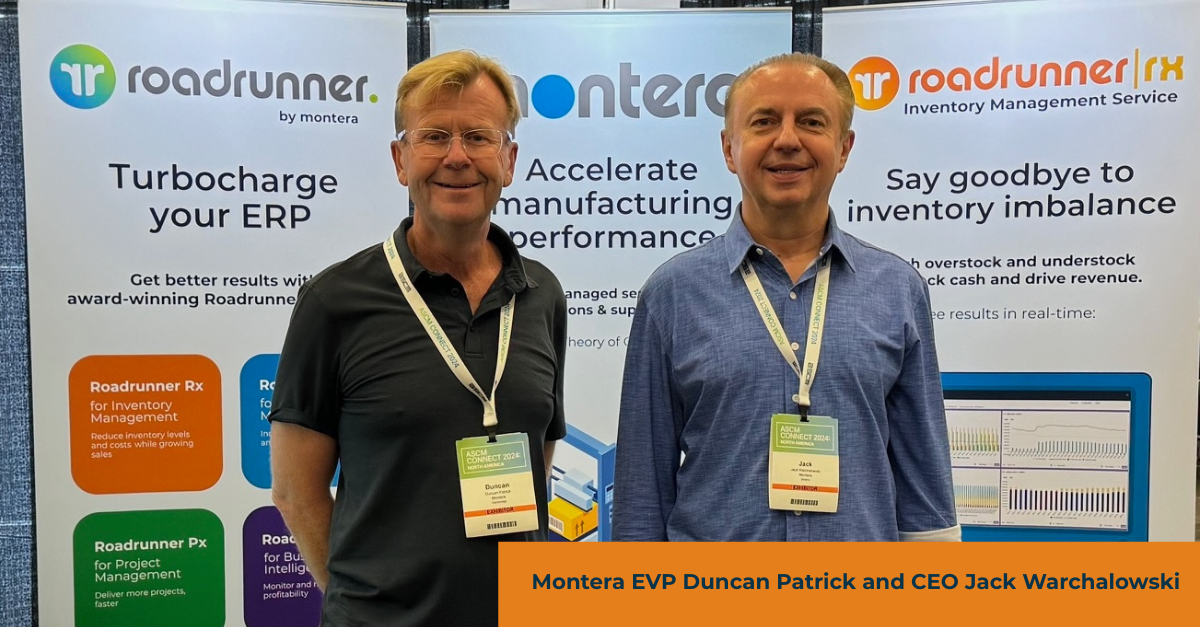Throughput #11

Doing my MBA in the mid-1990s, I had a lot of questions, and doubts, about the common wisdom on how to increase manufacturing business productivity:
- Was a forecast-driven, EOQ / big-batch approach to increasing efficiency really the path to productivity?
- Was an investment in an ERP system helpful in improving business performance?
- Was it true that cost accounting and understanding product cost drive product profitability?
I’d learned the MBA material (I had to pass the exam!) but I couldn’t shake the sense that some of these things were wrong or misleading to say the least. But why exactly? I didn’t know.
Then, during my first manufacturing consulting assignment with Ernst & Young, a senior colleague (Kim) said:
Before you do anything, you better read The Goal.
By the end of that first engagement, I’d seen the principles in The Goal in action, and I started learning more about Theory of Constraints, which challenges traditional management theory by stating:
“The goal of a business is to make money, now and in the future.”
And the main way to do that is by improving flow and increasing throughput, not just minimizing costs.
TOC introduced me to systems thinking and cause-effect logic for supply chain management, operations and strategic management long before those ideas became mainstream.
The emergence of Throughput Economics
I also began learning and thinking about Throughput Economics, which was barely defined at the time. (There was only one book back then for guidance that I knew of, The Measurement Nightmare by Debra Smith.)
By 2000, I had enough confidence in the value of the TOC approach to start a company based on these ideas, and Montera (known then as CMS Inc., for ‘Constraints Management System’) was born.
“Monter” in French means ‘to climb’ or to ‘go up’
In that spirit, we aimed to help organizations “grow through productivity” and go to the next level of performance using TOC management principles.
After a few years of consulting and the introduction of our TOC and Lean Thinking based Flow Management System, it became clear that our clients needed technology tools to do more, faster, and ensure long-term system sustainability.
TOC software inspired by Road Runner ethics
In response, we have created the first software module, Roadrunner Mx, for manufacturing production scheduling and execution based on Drum-Buffer-Rope principles.
(Roadrunner software is named for a TOC concept, “Road Runner ethics,” for optimal system performance.)
Three more Roadrunner modules followed:
- Inventory management (Roadrunner Rx)
- Project management (Roadrunner Px), and
- Business intelligence (Roadrunner Bx), which leverages the power of Throughput Economics to measure the operational performance for fast, informed decision making on how to accelerate business profitability, set pricing and product mix to maximize sales.
Fully Managed Services
With these tools in place, we found clients were also looking for even more comprehensive support, and we introduced fully managed services for inventory management and project management.
Today, it’s clear that the quest for more productivity in manufacturing is as pertinent as it was 25 years ago.
And the results speak for themselves in our work with 200+ manufacturers across North America, Europe, South America and Asia. Our clients:
- At least double Net Profit
- Increase capacity by 25%+
- Reduce lead times by 50%
- Increase delivery performance to 99%
- Reduce inventory (and release cash) by at least 25%
Thank you for being a part of our community and our journey as we celebrate this quarter-century milestone, and continue to innovate TOC applications and Lean Thinking to support manufacturers worldwide.
— Jack Warchalowski, Montera CEO
[email protected]
Connect with me on LinkedIn
Subscribe to Throughput, Montera’s manufacturing performance newsletter.
